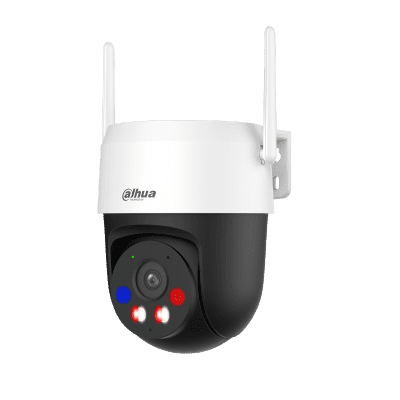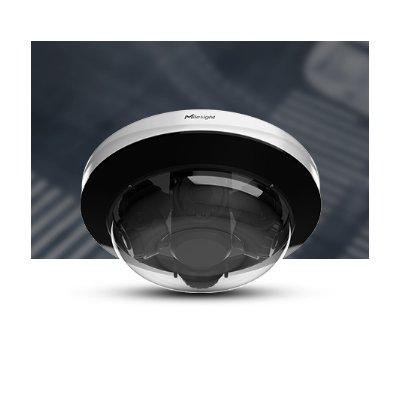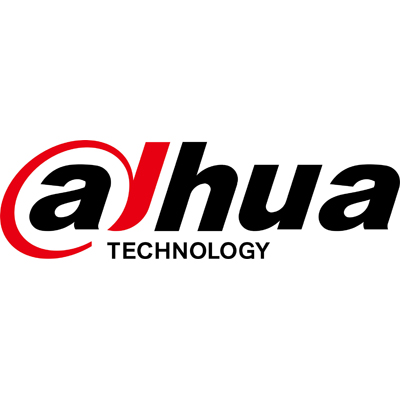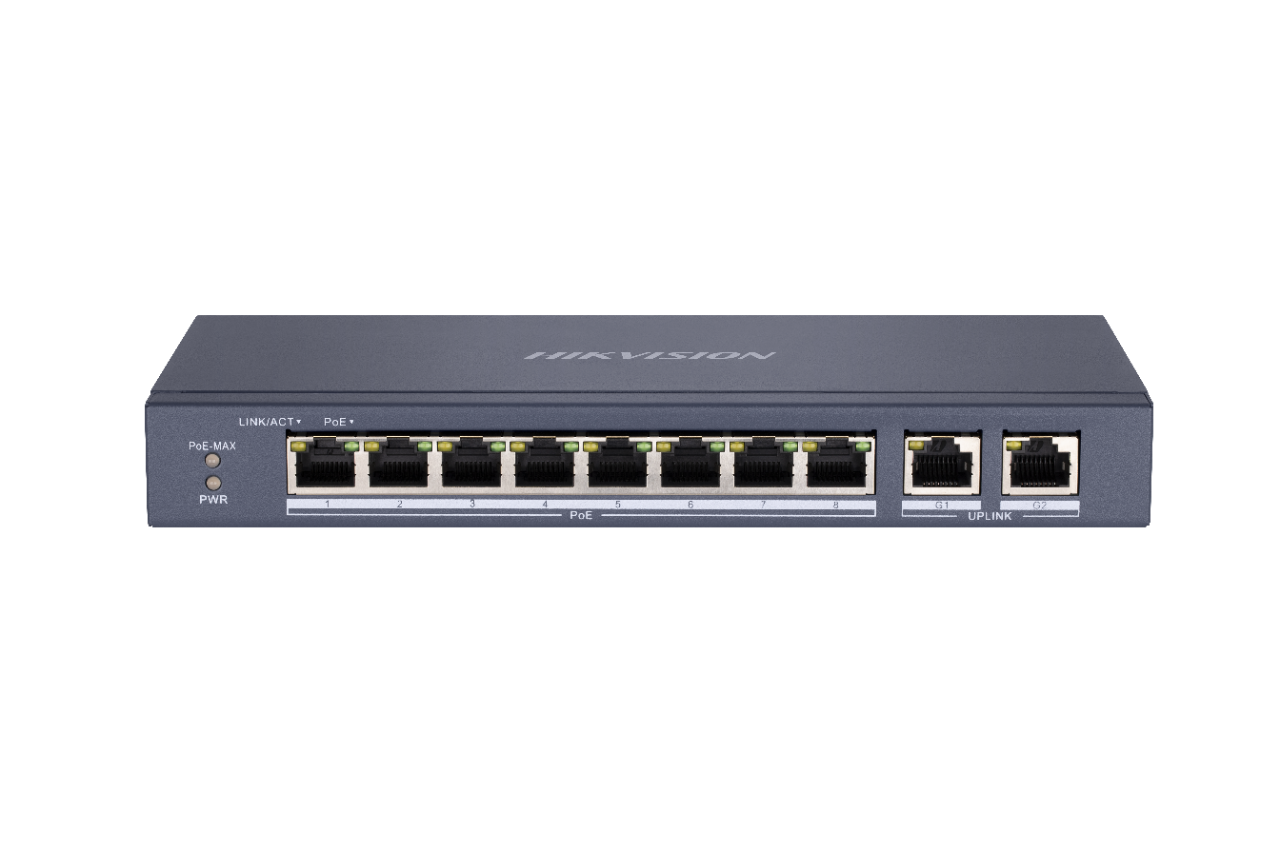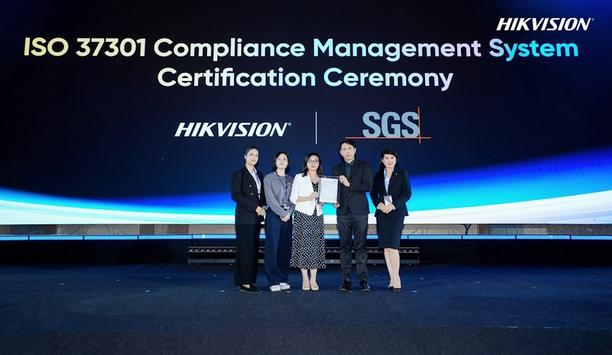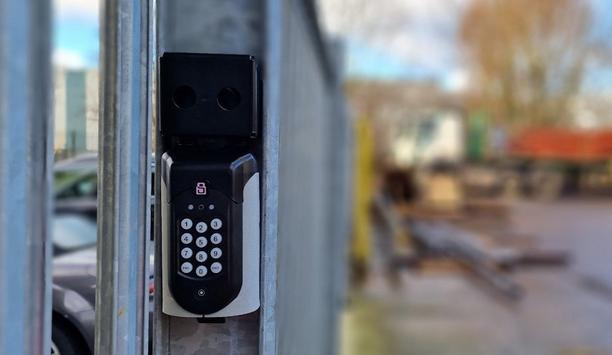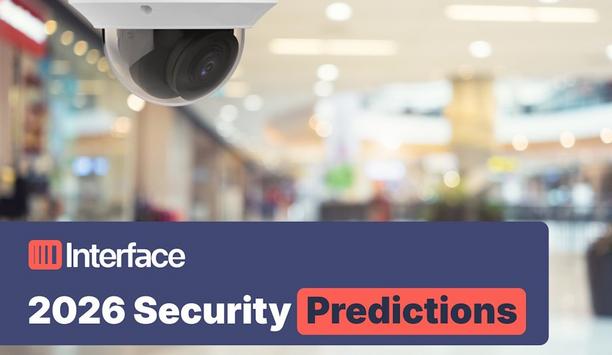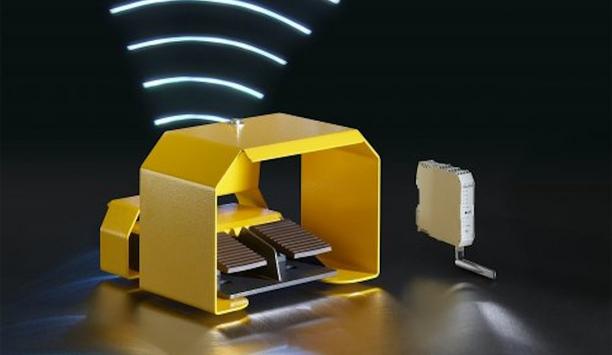CCTV Switchers & Switches (807)
Browse CCTV Switchers & Switches
- Switching Type
- Auto Sequential
- Sequential
CCTV switcher products updated recently
CCTV Switchers & Switches - Expert commentary

Integrated security solutions are so often recommended by security specialists, while this sounds impressive, what does it actually mean? The short answer is: combining all aspects...

Once upon a time, providers had end-to-end control when deploying a physical security platform, which is not the case anymore when we consider the modernisation to IP. When consid...

In 2017, DITEK saw how power surges from the many natural disasters that took place damaged many businesses. In a natural disaster, or even everyday business operations, a facility...
Trending topic articles
Hikvision announced recently that it has achieved the ISO 37301:2021 Compliance Management System certification from SGS, the world's renowned testing, inspection, and certification company. This mil...
Balancing operational efficiencies and customer satisfaction with costs, resources, and legislative obligations is a challenge faced by every security services provider offering keyholding and alarm r...
Axis Communications, a industry pioneer in video surveillance, announces it has signed the U.S. Cybersecurity & Infrastructure Security Agency’s (CISA) Secure by Design pledge to transp...
Xtract One Technologies announced its SmartGateway has been selected by Nova Scotia Health to strengthen security measures and provide AI-powered weapons detection across facilities pro...
Comelit-PAC has partnered with Kings Group SW to deliver a bespoke video door entry solution at the historic Bridgwater Arts Centre, a Grade I listed building renowned for its architectural and cultur...
As 2026 approaches, cybersecurity threats are evolving at an unprecedented speed. Small and medium-sized enterprises (SMEs) face rising exposure as perpetrators adopt advanced AI, expand commercialise...
HiveWatch, the AI-driven physical security platform, announced it has appointed James Segil to its board of directors. Segil joins at a pivotal moment for the company following its recent $33 mil...
The Center for Internet Security, Inc. (CIS®), Astrix Security, and Cequence Security now announced a strategic partnership to develop new cybersecurity guidance tailored to the unique risks of ar...
Salto announces the launch of Salto DLok, the latest residential door smart locking solution. DLok marks a new era in Salto’s smart home innovation. This universal, motorised smart lock connect...
Camelot Secure, a revolutionary cybersecurity company, now announced that Stan Oliver, President/CEO of Camelot Secure, Phoenix, and DigiFlight, has been selected as a board member to the Duke Un...
Interface Systems, a pioneering managed service provider delivering remote video monitoring, commercial security systems, business intelligence, and network to multi-location enterprises, outlined the...
ASIS International, the world's largest association for security management professionals, is pleased to announce the opening of its Call for Proposals for the Global Security Exchange (GSX) ...
Artificial intelligence (AI) creates efficiencies throughout various industries, from managing teams to operating businesses. Key outcomes include faster investigations, fewer false alerts, automated...
International Security Expo is thrilled to announce that it has appointed a new chair. Figen Murray OBE, initiator and lead campaigner for Martyn's Law, will be taking on the role effective immediatel...
Zimperium, the world's pioneer in mobile security, now announced that Alistaire Davidson has joined the company as Chief Financial Officer, reporting directly to CEO Shridhar Mittal. Alistaire brings...
Aligning physical and cyber defence for total protection
DownloadUnderstanding AI-powered video analytics
DownloadEnhancing physical access control using a self-service model
DownloadHow to implement a physical security strategy with privacy in mind
DownloadSecurity and surveillance technologies for the casino market
Download- Enhance law enforcement surveillance with ComNet switches
- VIVOTEK specifically designed a comprehensive and scalable smart Industrial IP surveillance solution for the Delta Electronics PCL new Plant 7
- NEXCOM NViS 1482 inside the “War Room” with Seaport Terminal view
- NVT Phybridge provides FLEX8 PoE switches and FLEX adapters to upgrade surveillance systems at BASF






